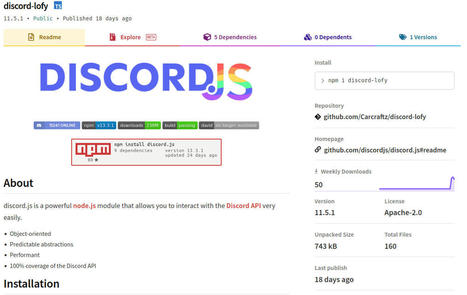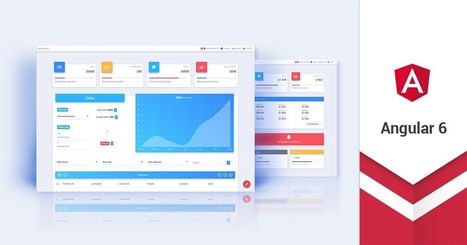Les paquets npm continuent d'être détournés pour être utilisés comme des vecteurs de logiciels malveillants par les pirates informatiques. Après les paquets "ua-parser-js", "rc" et "coa", la société de sécurité JFrog a découvert 17 nouveaux paquets malveillants dans le dépôt npm (le gestionnaire de paquets Node.js). Ces paquets corrompus cherchent intentionnellement à attaquer et à voler les informations d'identification du site d'un utilisateur. Les chercheurs ont rapporté que la plupart des paquets signalés volaient des informations d'identification ou d'autres informations pour les serveurs Discord.
Research and publish the best content.
Get Started for FREE
Sign up with Facebook Sign up with X
I don't have a Facebook or a X account
Already have an account: Login
 Your new post is loading... Your new post is loading...
 Your new post is loading... Your new post is loading...
|
|
















